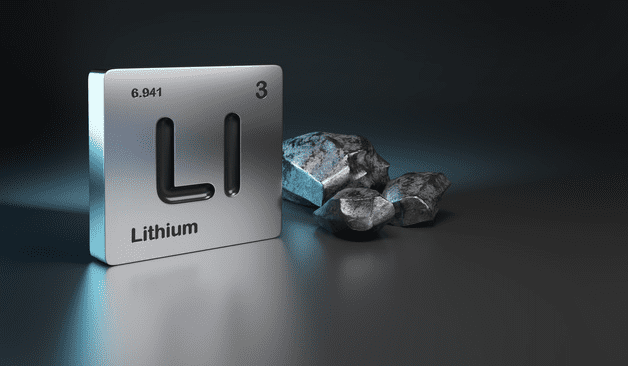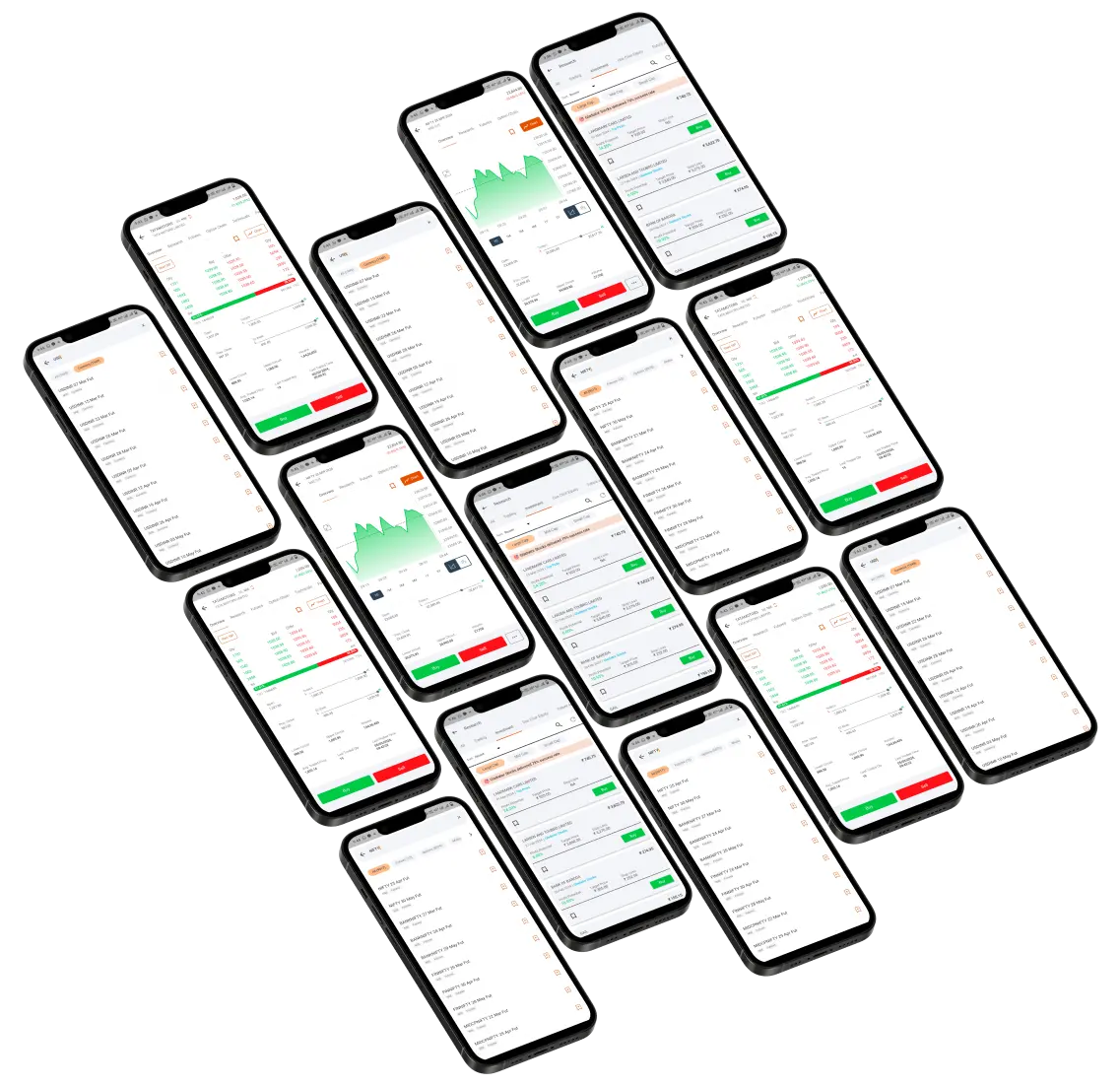
Lithium discovery in J&K: Beneficiary industries, challenges and renewable energy dreams
Never has the discovery of a metal ore received such attention from media, the government, industry and many other institutions and countries as the recent finding of Lithium reserves by the Geological Survey of India in the Reasi district of Jammu & Kashmir.
Given that Lithium is a key element in manufacturing batteries and a host of other products, it has spanned discussions of propelling India’s renewable energy and electric vehicle dreams over the next decade or so.
The Ministry of Mines announced that the inferred reserves from the discovery could be around 5.9 million tonnes (MT).
According to the United States Geological Survey, the total identified Lithium reserves in the world would be 86 million tonnes. Of this, Bolivia accounts for 21 million tonnes, while Argentina has 19.3 million tonnes, and Chile holds around 9.6 million tonnes. These three countries have around 60% of the total Lithium reserves and are collectively called the ‘Lithium Triangle.’ For perspective, US with 6.8 MT, Australia with 6.3 MT, and China with 4.5 MT are also prominent holders of Lithium reserve.
However, it is important to note that China currently controls 60% of the world’s Lithium refining and processing capacity. More importantly, it commands 77% of the total Lithium-ion battery manufacturing capacity and six of the top 10 companies in the field are based in China, according to Bloomberg data.
In this context, here’s how the Lithium reserve discovery can benefit multiple sectors over the next several years and reduce import dependence for India. We also highlight the challenges in the journey that may present themselves.
Beneficiary industries of Lithium discovery
Before getting into which industries benefit the most, it would be advisable to know why Lithium is a sought-after metal.
Chemically, Lithium is an extremely light metal. Its properties make the element excellent for storing energy. Other elements such as Phosphorus, Sulphur and Cobalt are also used in making batteries, but Lithium is the key metal due to its energy storage capacity.
Now, the reason Lithium is being called ‘white gold’ is due to its usage in a host of industries, key among them being in electric vehicles.
From being a luxury product, electric vehicles have now come to the public at large and India has given immense thrust for electric vehicles.
And the key ingredient in the electric vehicle system, the battery, is made of lithium ion.
In 2022 alone, as many as 10 lakh electric vehicles were sold according to the transport ministry data. The economic survey of 2023 states that the sales of electric vehicles are expected to grow at a compound annual growth rate (CAGR) of 49% from 2022-2030 and touch 1 crore annual sales by 2030.
The global electric vehicle market is projected to become $823.75 billion by 2030, growing at a CAGR of 18.2% from 2021 to 2030, according to World Bank data.
Also, the demand for metals such as Lithium and Cobalt are expected to surge 500% by 2050.
According to a brokerage from the US, Jefferies, the reserves are enough to electrify the entire passenger vehicle base currently available in India.
An electric vehicle battery needs around 10 kilograms of Lithium, while a smartphone may need only a few grams of the metal.
Apart from electric vehicles, Lithium is used in smartphones, laptops, and many electronic gadgets.
Additionally, Lithium is used in ceramics, glass ceramics, greases, pharmaceuticals, polymers, metallurgical powders, air treatment and so on.
A lot of industries thus stand to gain from the local availability of Lithium.
India will need Rs 33,750 crore worth of investment to achieve the government’s production-linked incentive (PLI) target of setting up 50 gigawatt hour (GWh) of Lithium-ion cell and battery manufacturing plants. The Council on Energy, Environment and Water (CEEW) has indicated a requirement of 903 GWh of energy storage to decarbonise India’s mobility and power sectors by 2030, in a recent report. Lithium-ion batteries will have to meet most of this demand.
Reducing import dependence
India currently imports its entire Lithium requirement from Australia and Argentina. Also, it imports 70% of its Lithium-ion cell requirement from China and Hong Kong. Since India has a free trade agreement with Australia, there is no duty imposed on Lithium imports.
In FY22, India spent $1.83 billion in importing Lithium-ion batteries. For the eight months of FY23 (April-November), the $1.79 billion worth of Lithium-ion batteries were imported.
According to experts, the cost of manufacturing Lithium-ion batteries will come down by 7% if the metal is locally available.
As countries around the world look to work on their carbon footprint and increase the use of renewable sources of energy, India will also have to up its game and reduce its import dependence. Given the geopolitical tensions with China and in the interest of the country’s green energy security, India will look to make the best use of the Lithium reserves.
Mining and other environmental challenges
While there is much for industry leaders and government officials to cheer about the Lithium reserve discovery, there are many practical challenges ahead.
The most critical aspect to note here is that the 5.9 MT are inferred reserves. There will be multiple rounds of surveys and explorations before the exact quantum is confirmed.
Next, the process of mining is quite complex. Multiple environmental and other clearances would have to be taken before full-fledged operations to extract Lithium can start.
It would take 7-10 years for the Lithium to actually find its way into the products according to some experts.
Then there is the resource angle. For producing 1 tonne of Lithium, around 2.2 million litres of water are needed, as the metal is produced via evaporation ponds. That is a lot of water being guzzled for Lithium and in a country with acute water shortage such as India, it may not be easy to find that much of water supply on a regular basis.
Finally, there are environmental concerns as well. Every tonne of Lithium extracted releases 15 tonnes of carbon di-oxide into the environment. Also, the Himalayan Mountain range is not that stable and if heavy mining is done, the implications will need to be studied well. The episodes of land sinkage in Joshimath (Uttarakhand) is a recent example.
Being a border state with a hostile neighbour, there is also a security angle to protecting our resources.
While there is every reason to be optimistic, these challenges indicate that the path to robust Lithium independence would have to treaded slowly and steadily.
Disclaimer: ICICI Securities Ltd. (I-Sec). Registered office of I-Sec is at ICICI Securities Ltd. - ICICI Venture House, Appasaheb Marathe Marg, Prabhadevi, Mumbai - 400 025, India, Tel No : 022 - 6807 7100. I-Sec is a Member of National Stock Exchange of India Ltd (Member Code :07730), BSE Ltd (Member Code :103) and Member of Multi Commodity Exchange of India Ltd. (Member Code: 56250) and having SEBI registration no. INZ000183631. I-Sec is a SEBI registered with SEBI as a Research Analyst vide registration no. INH000000990. Name of the Compliance officer (broking): Ms. Mamta Shetty, Contact number: 022-40701022, E-mail address: complianceofficer@icicisecurities.com. Investments in securities markets are subject to market risks, read all the related documents carefully before investing. The contents herein above shall not be considered as an invitation or persuasion to trade or invest. I-Sec and affiliates accept no liabilities for any loss or damage of any kind arising out of any actions taken in reliance thereon. Such representations are not indicative of future results. The non-broking products / services like Research, etc. are not exchange traded products / services and all disputes with respect to such activities would not have access to Exchange investor redressal or Arbitration mechanism. The contents herein above are solely for informational purpose and may not be used or considered as an offer document or solicitation of offer to buy or sell or subscribe for securities or other financial instruments or any other product. Investors should consult their financial advisers whether the product is suitable for them before taking any decision. The contents herein mentioned are solely for informational and educational purpose.










